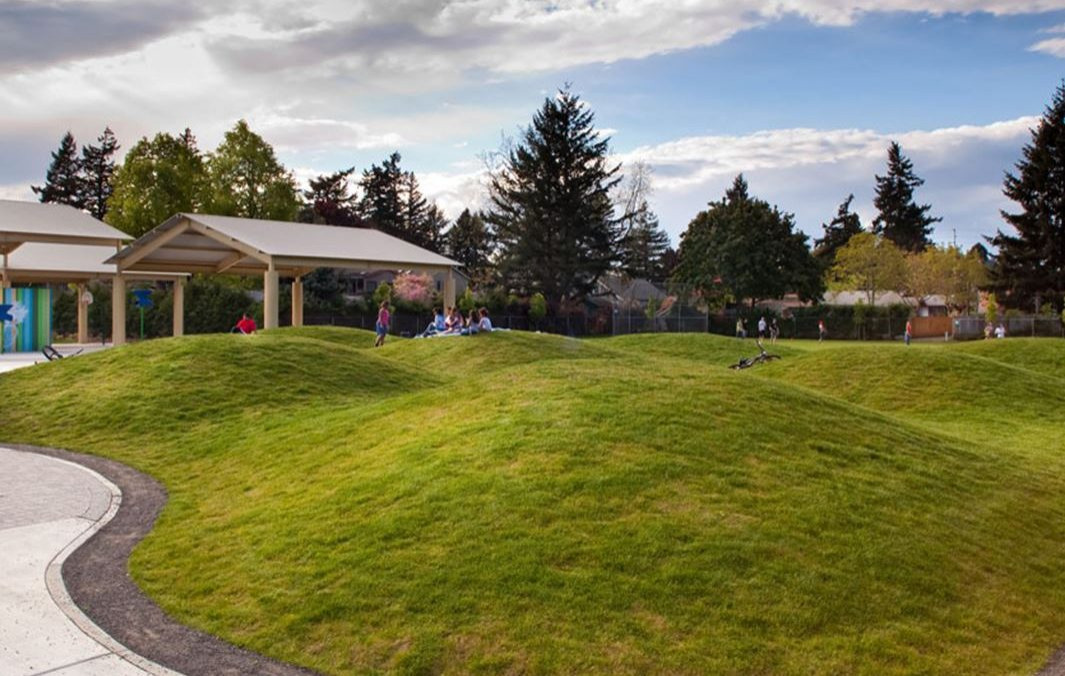Architecture for Education

In the UK children can spend up to as many as 1,365 hours in school per year.
If our children are spending so much time in one building, it is important that the structure and environment has a positive effect on the young people and their learning experience.
The school environment is as important as the teaching, so consider the following when deciding on your child’s school:
Natural daylight
Natural daylight has a huge effect on the brain. Compared to artificial light, natural light keeps the brain more awake and active and therefore more able to learn and absorb information.
Fresh air
Stuffy room can cause tiredness, headaches and ultimately hinder the brain’s activity.
When designing learning environments, ensure there a plenty of windows and air ventilation units to avoid areas becoming stuffy.
Equal importance on inside & outside areas
Learning outside not only provides a change of scenery but allows children to learn in different ways. It also…
– offers an opportunity for physical activity, freedom and movement.
– supports development of healthy and active lifestyles
– promotes confidence and sense of well-being
– supports those children who learn better through activity and movement
– provides opportunities for creativity, problem solving, imagination, inventiveness and resourcefulness.
– gives children contact with the natural world and offers contact and awareness of weather and seasons.
Outdoor learning areas (which go further than just playground and sports areas) are therefore an important aspect to the architecture of schools.
Indoor areas can also promote similar things if designed well. More air, light, and ‘white’ space (open/empty) can make indoor areas more appealing and less claustrophobic.
It is possible to merge the two by having large open able wall areas to create less separation between inside and outside areas.
Style
For young children who may not yet be comfortable away from home for such a long time at once, the spaces in which they learn should be warm and friendly. This means children are likely to be more engaged and happy to learn.
For older children, variety of learning spaces will help keep their mind active. Variation of learning spaces will discourage boredom and encourage more pro-active and efficient learning.
Giving children a say in their learning environment.
Children are incredibly creative and imaginative. Harnessing a child’s perspective of space can have an major positive impact on the environments in which our children learn. We have seen it for ourselves! A past project we worked a few years ago required moving large amounts of soil from the site. In order to be more eco-friendly we decided to make use of the spare soil to create teletubby-land styled mounds leading up to the school. When areas allow for an imaginative learning experience children are likely to be more excited to spend time in that space and will, in turn, open up their willingness to learn.
